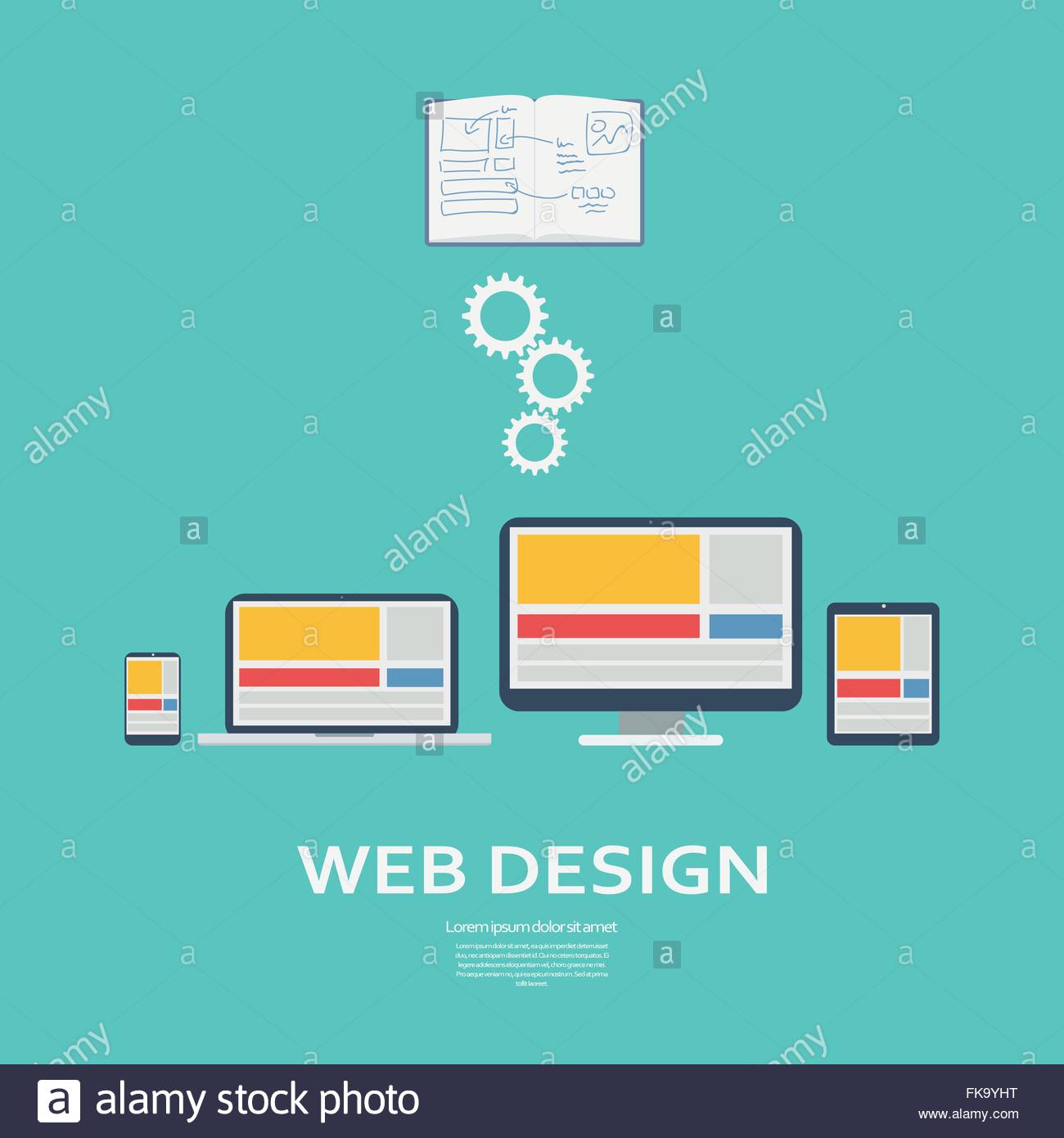Join Us As We Embark On A Trip Through Time, Exploring The Evolution Of Site Style And How It Has Impacted The Digital Landscape
Join Us As We Embark On A Trip Through Time, Exploring The Evolution Of Site Style And How It Has Impacted The Digital Landscape
Blog Article
Web Content Produce By-Solis Wren
In the past, sites were simple and focused on info. Navigation was direct, and layout was for desktops. Now, individual experience is vital. Data guides layouts for simple navigating. Receptive designs fit various gadgets. Today, dark mode lowers strain, and minimalist food selections improve navigating. Interactive functions engage individuals, and bold visuals stick out. AI combination increases involvement. See just how layout has actually progressed to improve your on-line trip.
Early Days of Web Design
In the very early days of web design, simplicity preponderated. Websites were fundamental, with restricted colors, fonts, and designs. The emphasis was on offering information rather than showy visuals. Users accessed the internet through slow dial-up connections, so speed and performance were essential.
Navigation menus were straightforward, usually situated on top or side of the page. Internet sites were made for desktop computers, as mobile surfing had not been yet prevalent. Content was king, and designers prioritized very easy readability over complex design aspects.
web design & development was the primary coding language utilized, and developers had to work within its restraints. Animations and interactive attributes were marginal compared to today's requirements. Web sites were static, with little dynamic content or individualized user experiences.
Rise of User-Focused Design
With the development of internet site design, a shift in the direction of user-focused style principles has become progressively famous. Today, producing sites that prioritize user experience is vital for engaging site visitors and accomplishing service goals. User-focused design includes recognizing the needs, preferences, and actions of your target audience to tailor the site's layout, material, and features appropriately.
https://why-content-marketing49494.blogofchange.com/30390107/maximize-your-website-s-capacity-with-on-page-search-engine-optimization-keys-that-transform-your-on-line-presence-and-mesmerize-target-markets perform detailed research, such as user studies and functionality screening, to gather insights and responses straight from users. This data-driven technique helps in creating user-friendly navigating, clear calls-to-action, and aesthetically appealing interfaces that resonate with site visitors. By placing the customer at the facility of the style procedure, internet sites can deliver a more customized and satisfying experience.
Receptive design has additionally emerged as a crucial aspect of user-focused layout, guaranteeing that websites are optimized for different tools and display sizes. This flexibility boosts access and functionality, accommodating the varied means customers connect with websites today. Fundamentally, the increase of user-focused design represents a change towards creating digital experiences that prioritize the demands and expectations of the end individual.
Modern Trends in Website Design
Check out the latest fads shaping web design today. One noticeable pattern is dark mode layout, supplying a streamlined and modern-day look while reducing eye strain in low-light settings. Another essential trend is minimalist navigation, streamlining menus and enhancing individual experience by focusing on essential elements. Including micro-interactions, such as computer animated switches or scrolling results, can produce an extra engaging and interactive website. Responsive style continues to be crucial, ensuring smooth user experiences throughout various gadgets. Furthermore, utilizing bold typography and asymmetrical layouts can add visual interest and draw attention to specific content.
Integrating AI modern technology, like chatbots for consumer assistance or customized referrals, enhances individual interaction and enhances procedures. Availability has likewise become a considerable trend, with designers focusing on inclusive design practices to satisfy varied individual demands. Accepting sustainability by maximizing website efficiency for rate and effectiveness is an additional emerging pattern in web design. Collaborating with user feedback and data analytics to iterate and improve style constantly is important for staying appropriate in the ever-evolving digital landscape. By embracing these modern-day trends, you can produce a visually appealing, straightforward site that resonates with your target market.
Final thought
As you reflect on the development of web site style from the early days to now, you can see just how user-focused style has ended up being the driving force behind modern trends.
Accept the trip of modification and adjustment in website design, always maintaining the user experience at the forefront.
Stay current with the most recent fads and modern technologies, and never ever stop developing your approach to produce visually spectacular and straightforward websites.
Progress, adjust, and create - the future of web design remains in your hands.
